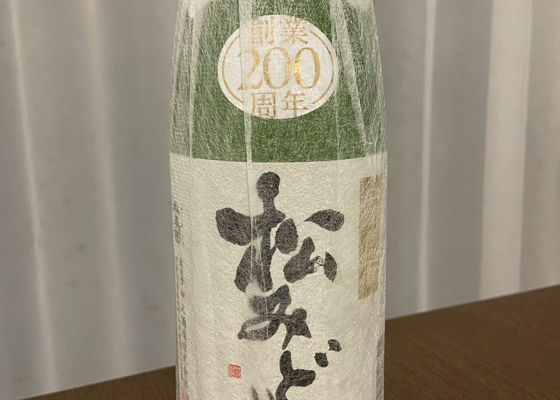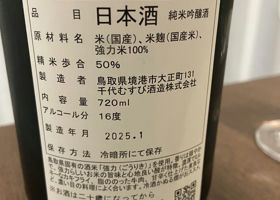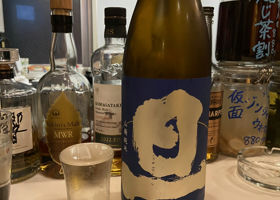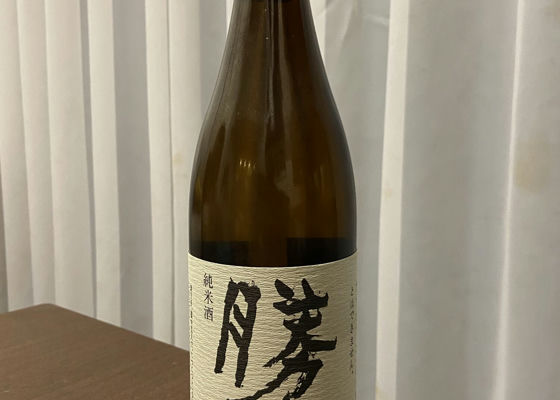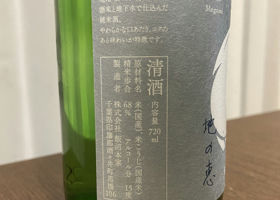


サケマサ
It is said to have been aged for three years, although this is not emphasized up front. The firm flavor typical of Saitama sake is matched by the matured caramel aroma.
It is not the type of sake with a gorgeous aroma, but the aroma of green bamboo and honeysuckle is well balanced with the junmai-like rice flavor.
Green bamboo, honeysuckle, lime, Kamishinko, apricot jelly, caramel
Japanese>English



